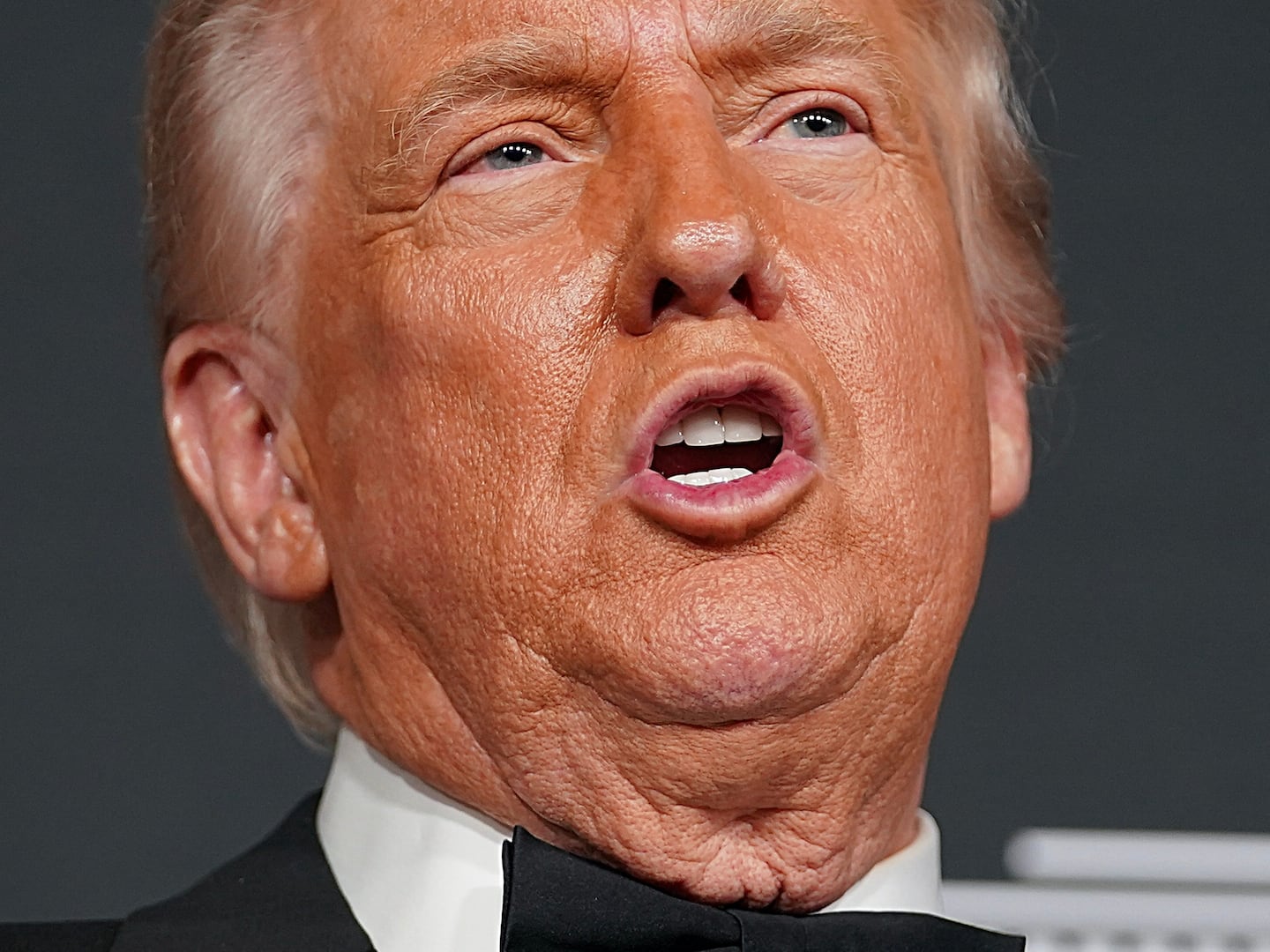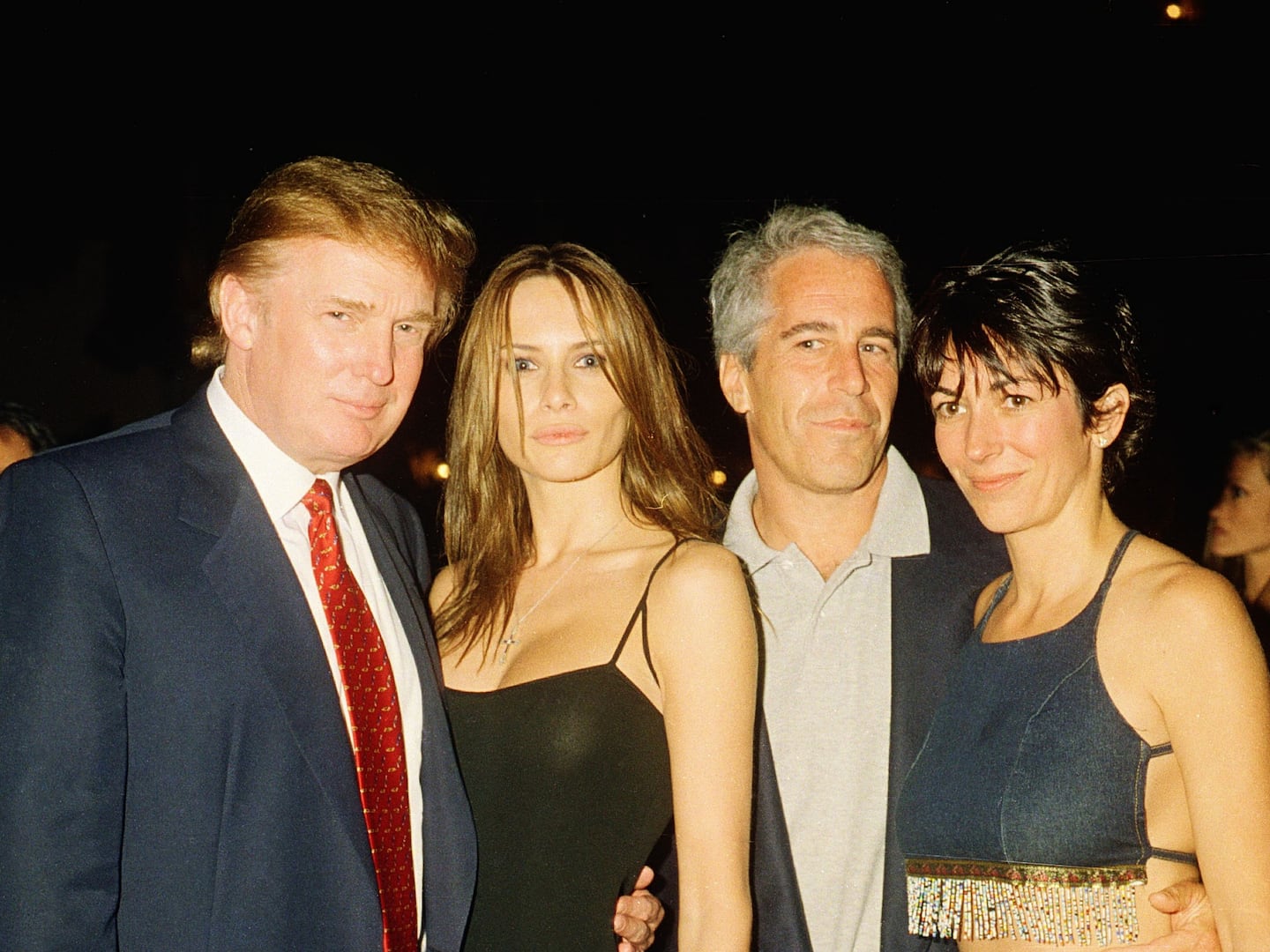
“I'm shocked, shocked to find that gambling is going on in here!” – Captain Renault in Casablanca
New York state investigators may yet unravel one of the more intriguing mysteries of new financial order: why officials in charge of pension funds and endowment funds outsourced more than $100 billion of other people’s money to buyout partnerships. These institutions, in fact, provided about three-quarters of all the investment equity used by the top 100 private-equity firms to fuel the leveraged buyout craze of 2004-2008. In 2006 alone, the 10 largest, led by Calpers, the New York State Common Retirement Fund, and the Washington State Investment Board, sunk over $101 billion into private-equity partnerships. These groups, after borrowing another 60 to 70 percent for leverage, would then buy entire businesses with the aim of re-organizing and re-selling them.
Quadrangle was not the only investment house to pay placement fees to Morris or funnel money into Chooch. The Carlyle Group, which got over $1 billion from the pension fund’s money, paid $10 million to the Morris’ placement company.
Here’s how this works: The investment firm serves as the general partner, responsible for making all the decisions and getting all the fees. The pension or endowment fund becomes a limited partner, which means it simply put up money. Typically the limited partner is locked into a multiyear commitment, often 10 years, during which time it cannot withdraw any portion of its investment and may be called upon to put up additional money in “capital calls.” The limited partner also pays the general partner a lucrative fee, typically 2 percent per annum of the net value of its investment, win or lose (which, in a 10-year deal, adds up to 20 percent of the investment). In addition, there is a performance fee on each completed deal, typically 20 percent of the profit. If a limited partner wants to get out of the partnership prematurely, it can entail huge losses.
The Harvard endowment, for example, tried to sell billions of dollars in these partnership interests in 2008-9, but even at a 35 percent discount, it could find no buyers.
Given such a hefty fee structure, it is clear why private-equity firms want to lock in pension- and endowment-fund money, and, with such fees, it is hardly surprising that their principals, such as Henry Kravis of KKR, Steven Schwartzman of Blackstone, and David Rubenstein of The Carlyle Group, rank among the wealthiest billionaires on the Forbes 400. What is less clear is why the pension and endowment funds are willing to pay such fees, especially when it also entails locking their money in illiquid partnerships and committing themselves to furnishing further money when they get capital calls.
To be sure, many of the buyout funds have had impressive track records. From 1996 to 2006, buyout partnerships had an average gain of 8.7 percent a year, which was 1.6 percent better than that of the Dow Jones Industrial Average. When the fees as well as the costs of illiquidity and possible capital gains calls are factored, the return is much less attractive. But buyout funds do not rely only on their track records to recruit the pension and endowment funds.They also commonly pay lucrative fees to “placement agents” to use their access to corral this money for them. When these agents induce fund officials to invest, they get a percent off the top, typically 1 percent of the money they bring in. If these agents of influence fail, however, they get zero. So they have a powerful incentive to close the deal, and it apparently works because in 2008 they earned, according to one estimate, over $1 billion in fees. So the billion-dollar question is: How do they accomplish this feat of inducement?
Finding the key officials at the nation’s largest pension and endowment funds is no problem, because online directories list them. The difficult part is persuading these officials to put their institution’s money into the illiquid and risky partnerships with which they have arrangements. And this is the part that New York State Attorney General Andrew Cuomo is closely examining, especially in regard to 20 or so powerful investment houses and their placement agents, which received many billions of dollars from the $122 billion New York State Common Retirement Fund.
One part of this investigation involves the activities of the Quadrangle Group, a private-equity firm co-founded by Steven Rattner, the veteran dealmaker and Democratic Party fundraiser, who is now serving at the Treasury Department as President Obama’s auto-industry czar. What has brought it into focus is a Securities and Exchange Commission report describing how in late 2004, just prior to getting $100 million from New York’s pension fund, a “senior executive” at Quadrangle made an arrangement with a politically connected “consultant” acting as a placement agent. The executive was then identified as Rattner and the consultant as Henry “Hank” Morris, a top adviser to then-New York State Comptroller Alan Hevesi. Afterward, Quadrangle paid a $1.1 million placement fee to a small firm, Searle & Co., with which Morris was affiliated. In addition, Quadrangle had one of its subsidiaries pay $88,841 for the DVD rights to Chooch, a low-budget movie that had been co-produced in 2004 by David Loglisci, New York’s deputy comptroller, who was the top investment officer of its pension fund. (In March 2009, both Morris and Loglisci were charged in a 123-count criminal indictment with “enterprise corruption” in regard to selling access to New York’s pension fund. Both men, through their lawyers, deny the charge.)
Nor did Rattner's Quadrangle fund limit its placement to the New York State Pensions Fund. According to the Wall Street Journal, in 2005, Quadrangle paid fees to Morris' vehicle, Searle & Co., for millions from the New York City employee retirement system, the Los Angeles Fire and Police Pension System, and the New Mexico Pension Fund.
Quadrangle was not the only investment house to pay placement fees to Morris or funnel money into Chooch. The Carlyle Group, which got over $1 billion from the pension fund’s money, paid $10 million to Morris’ placement company. And according to SEC documents, an executive of CarlyleRiverstone, a joint venture of the Carlyle Group, invested $100,000 in Chooch.
To be sure, there is, as yet, no evidence that any of these investment houses did anything illegal in either paying placement agents or, for that matter, in helping finance Chooch. (The film depicts losers from Queens cavorting in Cancun with a fun-loving prostitute. It received no positive reviews, of which this one in the New York Post was typical: “The sort of vanity project that gives amateurs a bad name.”) Like the “shock” expressed by Captain Renault in the movie Casablanca after a croupier hands him a pile of money, the investment houses can express dismay that their agents of influence earned their fees in any nefarious way. After all, the boilerplate in their agreements with their placement agents requires those agents, to quote from the Carlyle contract, to “abide by all laws.”
The money invested in Chooch may present a more difficult problem, because these payments were made many months after the movie had totally failed at the box-office. ( Chooch played in a grand total of three theaters, and, in its short run, took in less than $33,000.) So why did these masters of the universe decide to sink their own money in Deputy Comptroller Loglisci’s Chooch? If it was anything other than to make profits from the Chooch enterprise, their investments could be construed as afoul of New York state’s strict antigratuity laws, which are intended to prevent parties from currying favor from public officials by gifting them.
Stay tuned, as Andrew Cuomo pursues the mysteries of placement agents, double agents, enterprise corruption, and other elements in the invisible universe of high finance, which only grow curiouser and curiouser. While Chooch may have been a slapstick comedy about a bag of stolen money, the corruption of an entire pension fund system is no laughing matter.
CORRECTION: An earlier version of this article stated that a Carlyle "top executive" invested $100,000 in Chooch. The article has been amended to reflect that an executive of CarlyleRiverstone made the investment.
Edward Jay Epstein studied government at Cornell and Harvard, and received a PhD from Harvard in 1973. The Big Picture: The New Logic of Money and Power in Hollywood is his 13th book. The sequel, The Hollywood Economist will be published in January 2010.






